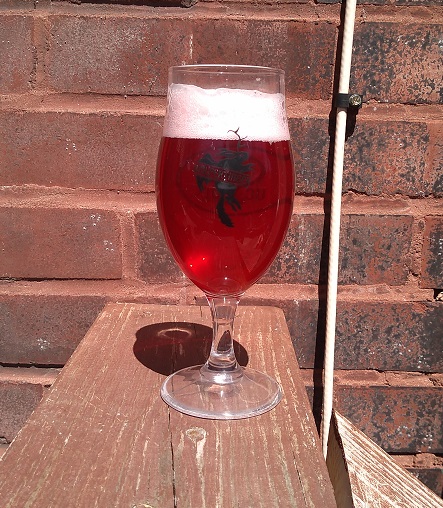tizoc
Active Member
- Joined
- May 19, 2020
- Messages
- 42
- Reaction score
- 42
First co-fermented sour (Swanson's & US-05) is ready. Hibiscus & Passionfruit puree - super tasty. It's not quite a sour/tart as we'd like, but we'll settle that on the next go around. I used a little too much lactic acid at knockout, and I think the Hibiscus itself drops the pH some, so it got down in the 3.2 or so range and just wasn't very tart. Anyway, my wife wanted a beer that looked like a jewel - I think we accomplished thatThere's a little condensation in the pic (and I suck at photography to boot) - it's actually brilliantly clear. Thanks for all of the discussion everyone - especially RPh

Hey @Dustin_J, do you remember how much hibiscus did you use? and when did you add it? kettle? fermenter?
I plan to want to brew a Gose with hibiscus, but I for the hibiscus additions I am bit lost.
Last edited:
















![Craft A Brew - Safale BE-256 Yeast - Fermentis - Belgian Ale Dry Yeast - For Belgian & Strong Ales - Ingredients for Home Brewing - Beer Making Supplies - [3 Pack]](https://m.media-amazon.com/images/I/51bcKEwQmWL._SL500_.jpg)








































